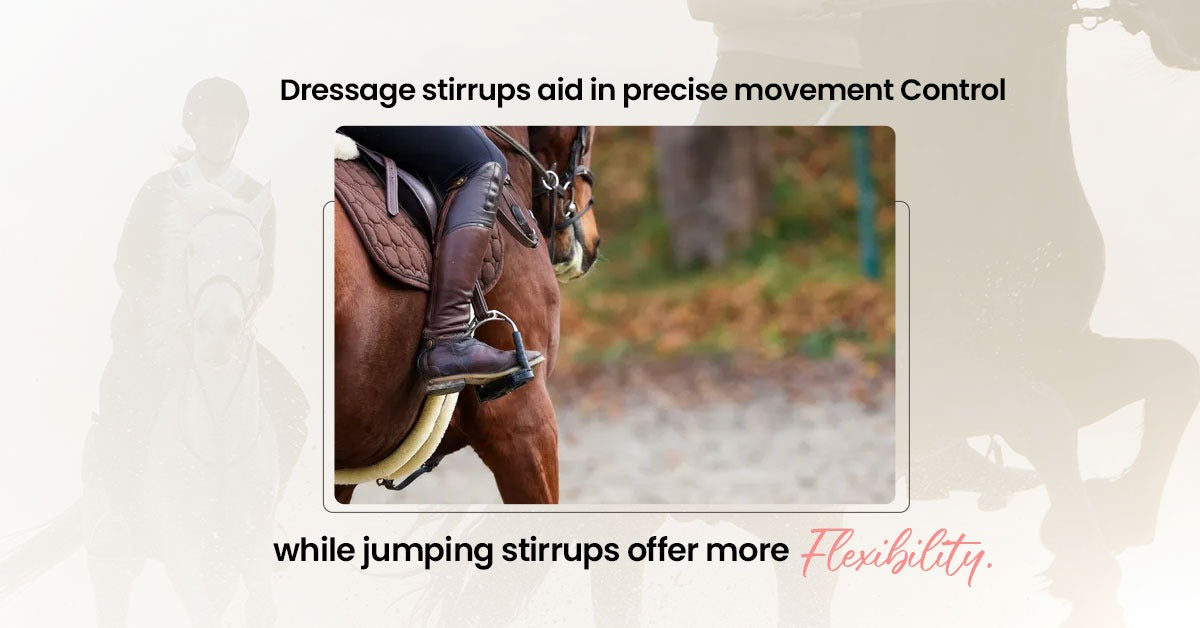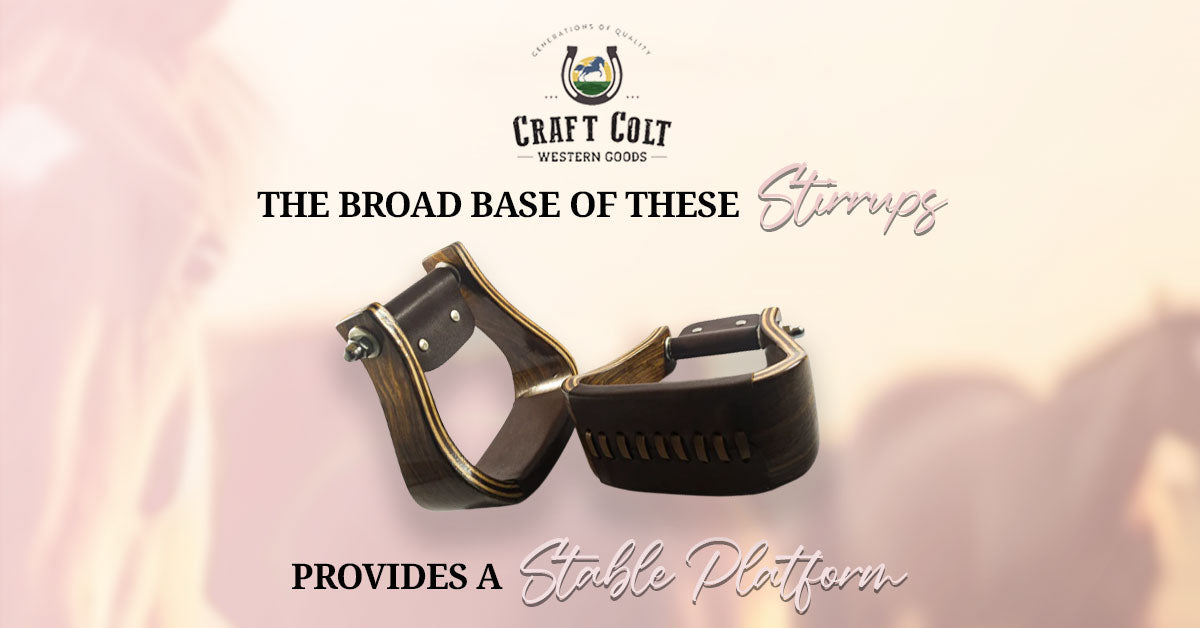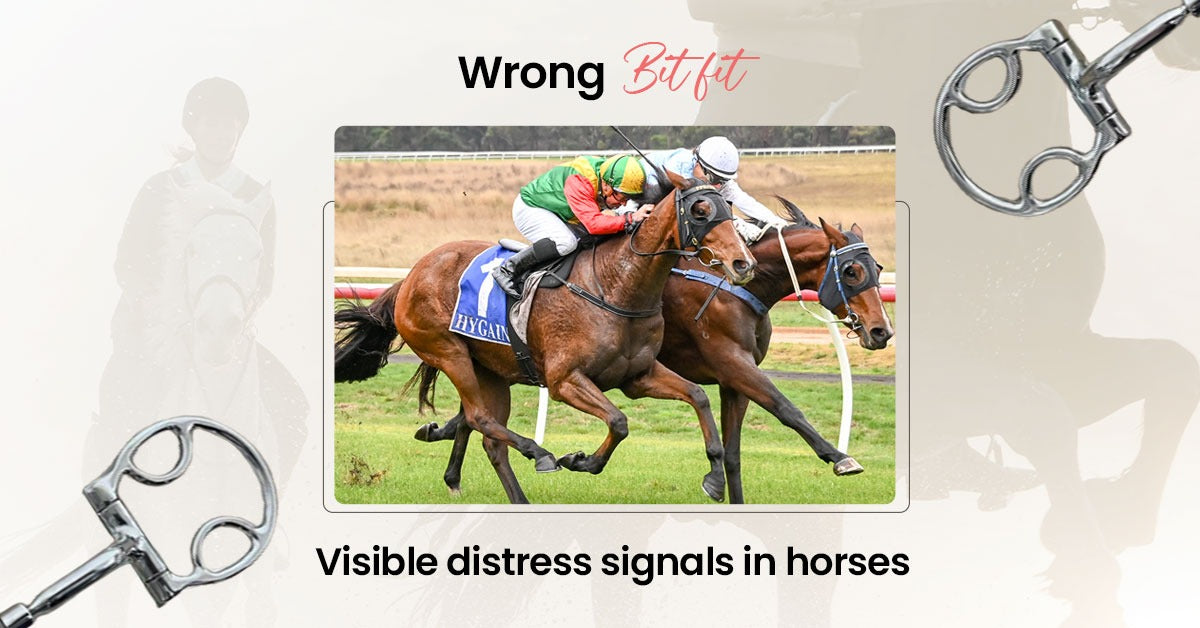
Can I Use the Same Stirrup for Different Riding Styles?
Table of Contents
Yes and No.
Equestrian stirrups are more than just a footrest for riders; they are essential for balance, support, and safety across various riding disciplines. Whether you’re a dressage enthusiast, a show jumper, or a western rider, stirrups play a crucial role in your performance and comfort. This article delves into the versatility of stirrups, exploring whether a single pair can meet the needs of different riding styles.

Exploring Stirrup Varieties for Different Riding Disciplines
Characteristics of Dressage Stirrups
In dressage, stirrups are designed to achieve a deep, stable seat. They are often heavier, promoting a vertical leg position and allowing subtle communication with the horse. The weight aids in keeping the rider's leg still, which is vital in dressage for executing precise movements.
Features of Jumping Stirrups
Jumping stirrups, in contrast, are usually lighter and have a wider tread. This design offers better grip and support during the dynamic action of jumping. They allow for more flexibility and movement, enabling the rider to maintain balance over fences and during quick turns.
Stirrups for Western Riding
Western riding stirrups are broader with a more relaxed angle, catering to the long hours spent in the saddle. They provide comfort and stability, essential for activities like cattle work or trail riding. Their design suits the western saddle and riding style, focusing on functionality and endurance. For high-quality Western Riding Stirrups, visit Craft Colt.
The Pros and Cons of Using the Same Stirrups
Advantages of Universal Stirrups
Using the same stirrups for different disciplines can be economical and convenient, especially for amateur riders or those who enjoy multiple styles. Some modern stirrups are designed with adjustability and versatility in mind, allowing riders to use them across disciplines without compromising performance or safety.
Potential Drawbacks and Safety Concerns
However, specialized stirrups are tailored for specific purposes and can significantly enhance performance and safety in their respective disciplines. Using a dressage stirrup for jumping, for instance, could hinder movement and lead to safety risks. The lack of discipline-specific features might also limit the rider's effectiveness and comfort.
Making the Right Choice for Your Riding Needs
When to Choose Discipline-Specific Stirrups
If you are focusing on a particular riding style or competing at higher levels, opting for discipline-specific stirrups is advisable. They enhance your ability to perform specialized tasks and cater to the unique demands of each discipline, such as the stability needed in dressage or the flexibility required in jumping.
Tips for Adjusting Stirrups for Different Riding Styles
For those opting for versatile stirrups, it’s crucial to adjust them according to the riding style. In dressage, a longer stirrup length aids in achieving a deeper seat, while shorter stirrups are preferable for jumping to allow a more secure two-point position. Always prioritize comfort and control when making adjustments.
Advice on Stirrup Selection
Seeking professional advice is invaluable in selecting the right stirrups. Experienced riders or trainers can offer insights based on your riding style, skill level, and safety needs. They can also guide you in making adjustments to versatile stirrups for optimal performance in different disciplines. If you have trouble selecting the right stirrup for yourself, talk to our experts for personalized guidance.
Conclusion
Deciding whether to use the same stirrups for different riding styles boils down to your individual needs, skill level, and the type of riding you engage in most. While versatile stirrups offer convenience and adaptability, discipline-specific stirrups provide tailored support and safety, enhancing your riding experience. Always prioritize safety, comfort, and the specific requirements of your riding discipline when choosing stirrups. With the right pair, you can ensure a harmonious and effective partnership with your horse, regardless of the style you pursue.



